How to Differentiate CNC Milling Machines from CNC Machining Centers?
A common question among newcomers is: CNC milling machines and machining centers look similar, and their functions overlap. How exactly should they be differentiated?
CNC milling machines rely on manual tool changes and are suitable for simple processes and large-scale production; while CNC machining centers are equipped with automatic tool changers, making them more suitable for multi-process and complex machining tasks.
Today, let’s explore how to differentiate CNC milling machines from CNC machining centers, and how to choose the right one, helping you avoid the pitfalls when selecting equipment.
1. CNC Milling Machines vs. CNC Machining Centers
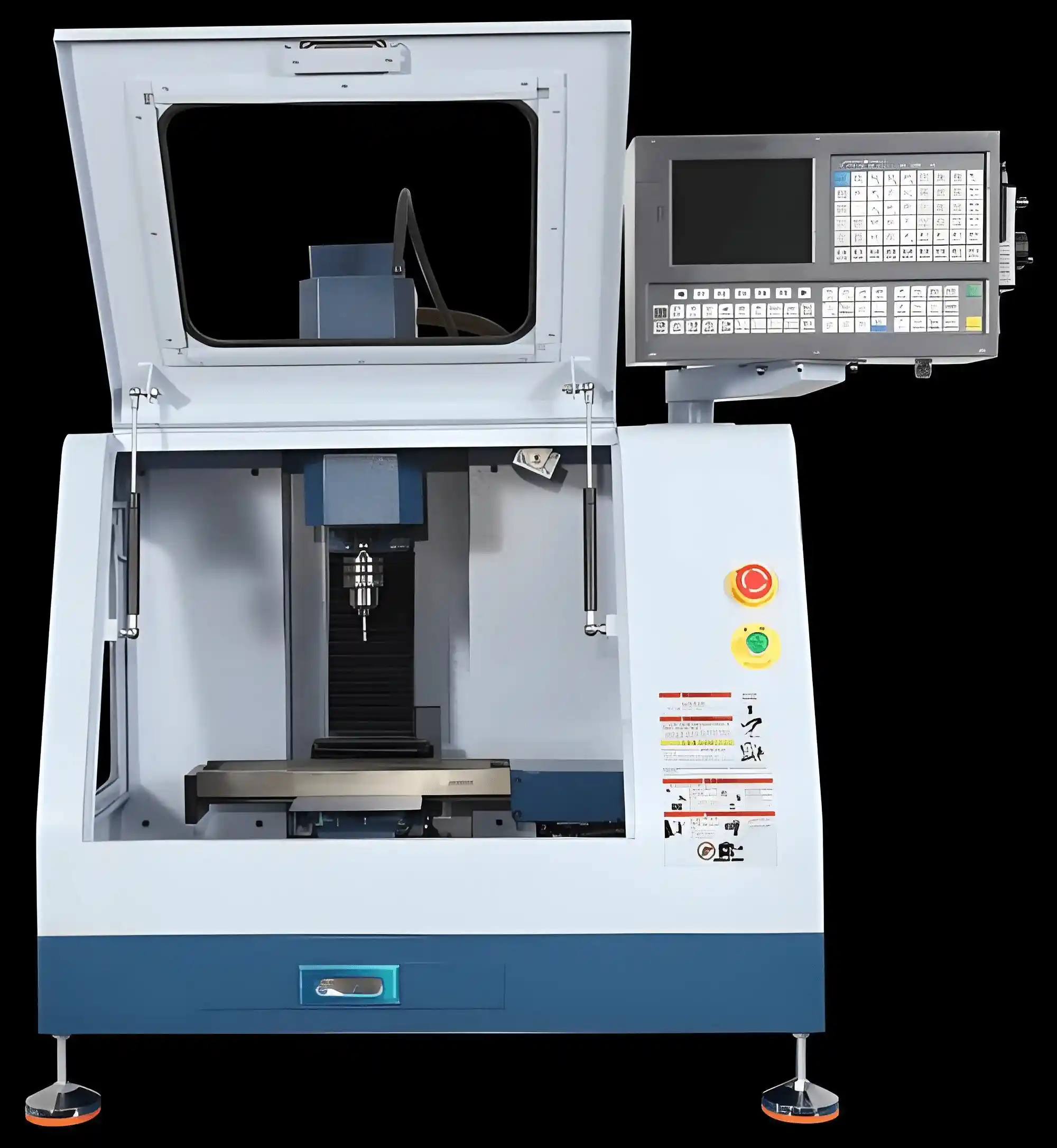
CNC milling machines and machining centers are not completely separate types of equipment; they share the same core principles, but their evolution paths are different.
Both rely on CNC systems to control the relative movement between the tool and the workpiece, with the milling cutter rotating to cut and form parts. Historically, a machining center is actually an "upgrade" of a CNC milling machine: early milling machines required manual tool changes and process adjustments, but engineers later added a tool magazine and automatic tool changer to create the machining center, capable of continuous machining.
In terms of basic functionality, the two overlap significantly: simple tasks like planar milling, profile machining, and hole milling can be handled by both.
2. Core Differences: One “Automatic,” One “Manual”
Key Structural Differences
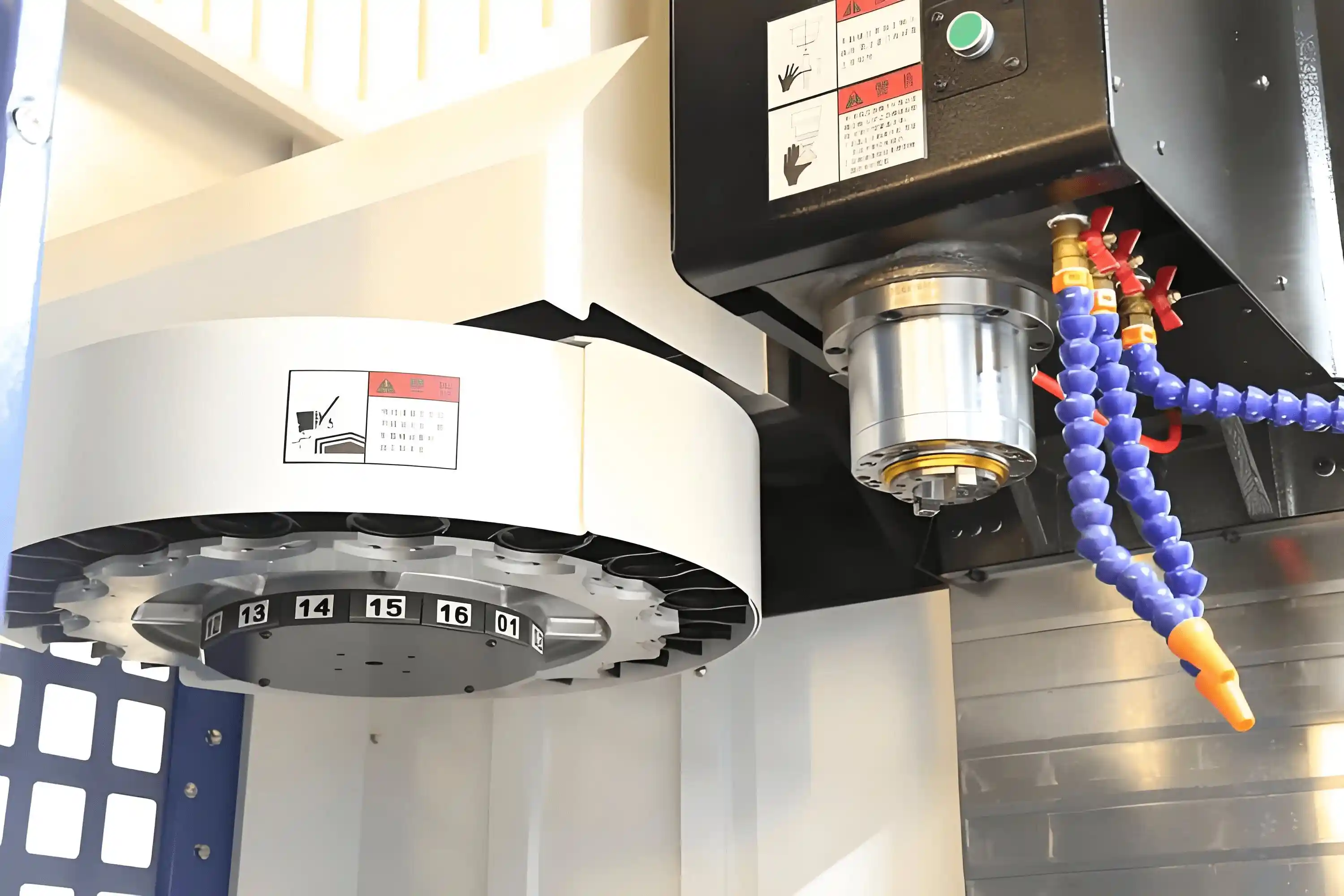
When standing in front of the equipment, check if there is a tool magazine on the side of the spindle — machining centers have a tool magazine resembling a rotating magazine (disk type, chain type, or umbrella type), while milling machines have only bare guide rails around the spindle. During machining, a machining center automatically completes the sequence of actions: “spindle stops → tool returns to position → tool magazine rotates to select tool → tool change mechanism engages → new tool is clamped,” all without manual intervention. In contrast, for CNC milling machines, tool changes are fully manual: the operator must stop the machine, remove the old tool, install a new one, and align it, which can take 3-5 minutes for a single tool change.
Functional Boundaries
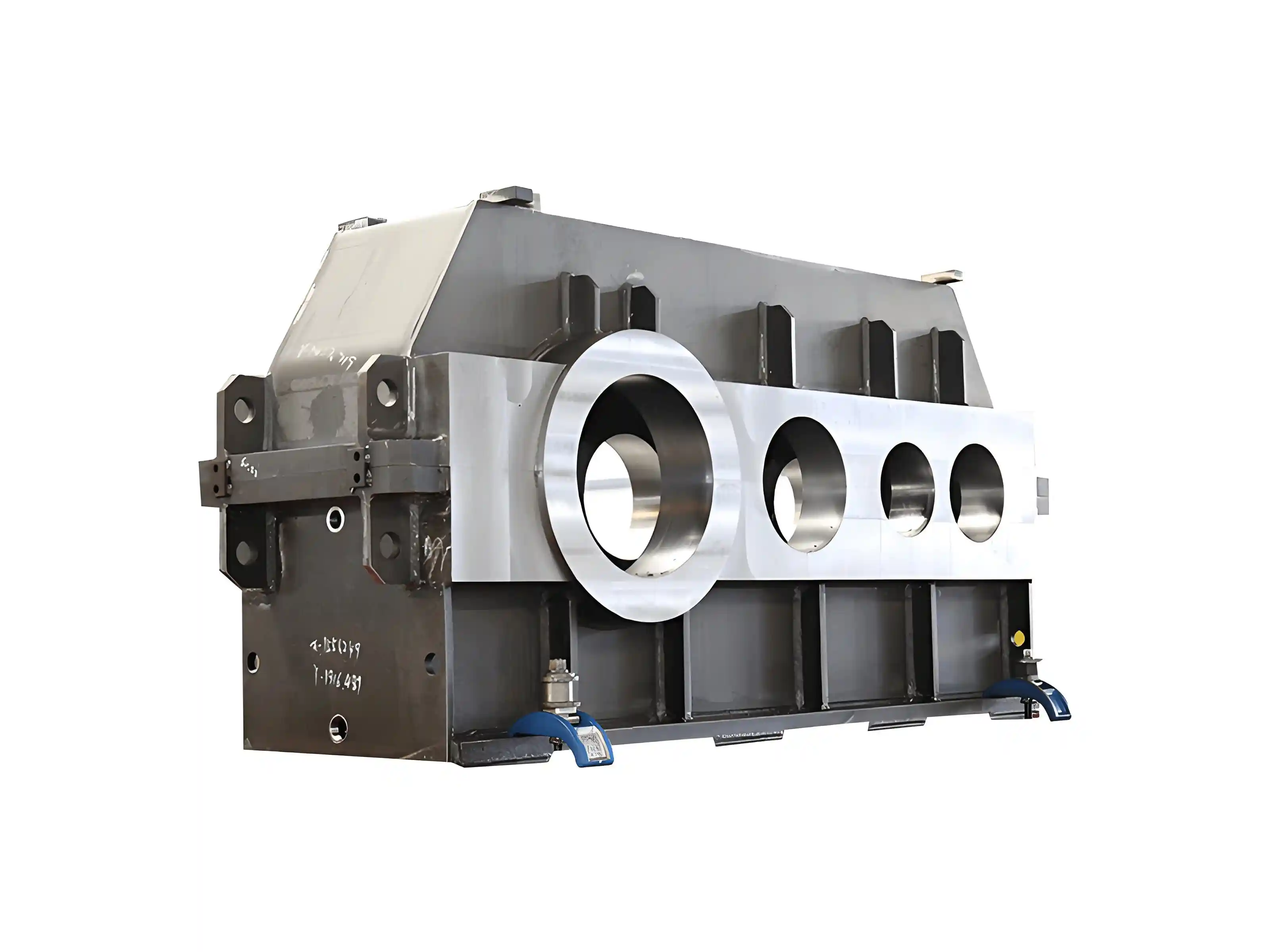
Machining centers have “composite machining capabilities” that milling machines cannot match. For example, when machining a box part with holes, a machining center can automatically switch between milling cutters, drills, and boring tools to complete all operations without removing the workpiece. In contrast, a milling machine might need 3 tool changes and 3 clamping operations, which not only reduces efficiency but also affects precision due to repeated clamping.
However, milling machines have their own position: they specialize in milling operations and have a simpler structure, offering better stability in single milling processes (such as simple key slot or planar machining).
3. Selection Decision: 3 Practical Decision-Making Formulas
Formula 1: Process Complexity Judgment Method
If a part requires more than 3 operations (e.g., milling a plane + boring + threading + chamfering) and involves more than 3 types of tools, choose a machining center; if only 1-2 milling operations are needed (e.g., milling key slots or milling steps), CNC milling machines are more cost-effective.
Formula 2: Batch Threshold Calculation Method
For parts with a machining time of less than 10 minutes, when the batch is more than 500 pieces per month, the efficiency advantage of a machining center can offset the price difference; for small batches (less than 100 pieces per month) with fewer tool changes, a milling machine is more cost-effective. For example, when processing a simple flange (only milling a plane and drilling a center hole), producing 300 pieces per month is more cost-effective with a milling machine; for a complex valve body (5 operations), producing 200 pieces per month should use a machining center.
Formula 3: Precision Sensitivity Test
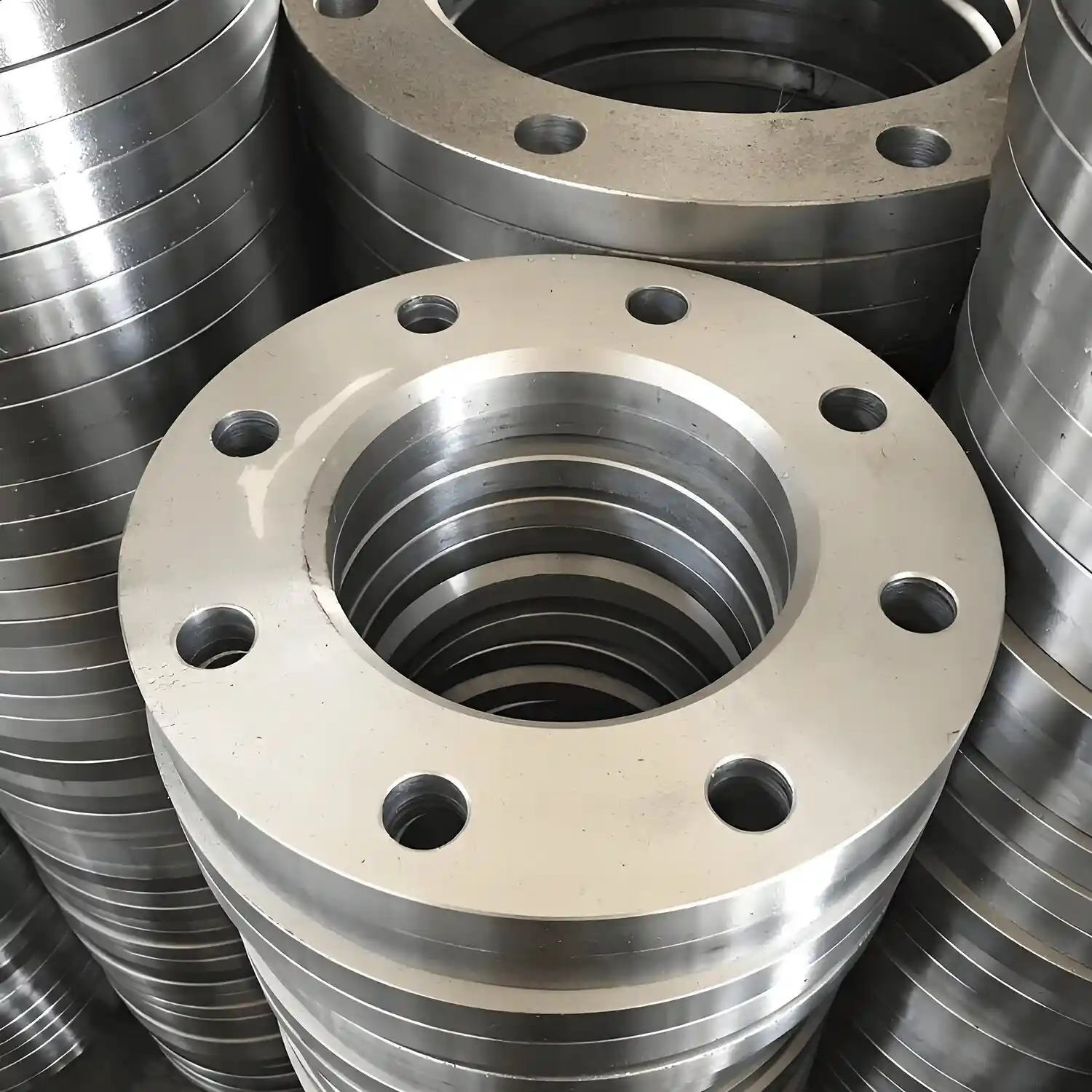 When the part requires positional tolerance of less than 0.02mm (e.g., mold guide pillar holes or precision gearboxes), a machining center must be used to complete the operations in one clamping. For ordinary structural parts (positional tolerance >0.05mm), a milling machine can complete the machining in stages.
When the part requires positional tolerance of less than 0.02mm (e.g., mold guide pillar holes or precision gearboxes), a machining center must be used to complete the operations in one clamping. For ordinary structural parts (positional tolerance >0.05mm), a milling machine can complete the machining in stages.
4. Common Misunderstandings Clarified:
Misunderstanding 1: A tool magazine means it's a machining center? Actually, some milling machines add a simple tool magazine but lack the rigidity support and precision compensation system, only providing basic tool change capabilities without the stable multi-process machining capabilities of a machining center.
Misunderstanding 2: Machining centers are always more precise than milling machines? In the same class of equipment, machining centers generally have better precision due to their structural advantages, but low-end machining centers may be less precise than high-end milling machines. You need to consider specific parameters to judge.
Misunderstanding 3: A machining center can fully replace a milling machine? For simple processes, milling machines consume less energy and have lower maintenance costs, making them more cost-effective. The two do not have an absolute replacement relationship.
Conclusion:
After reading this, you should be able to easily differentiate between CNC milling machines and machining centers, and make a more precise choice based on your production needs. Remember, there is no “best” equipment, only the most suitable choice for the specific production scenario.
If you're still uncertain and can’t make up your mind, feel free to contact us at Minnuo. As a one-stop solution machine tool supplier, we can help you choose the most suitable machine.



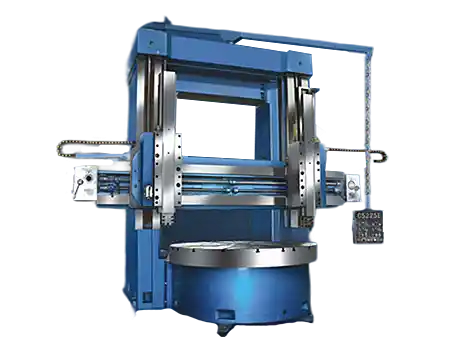
 Email
Email sales1: +86 13295238763
sales1: +86 13295238763

